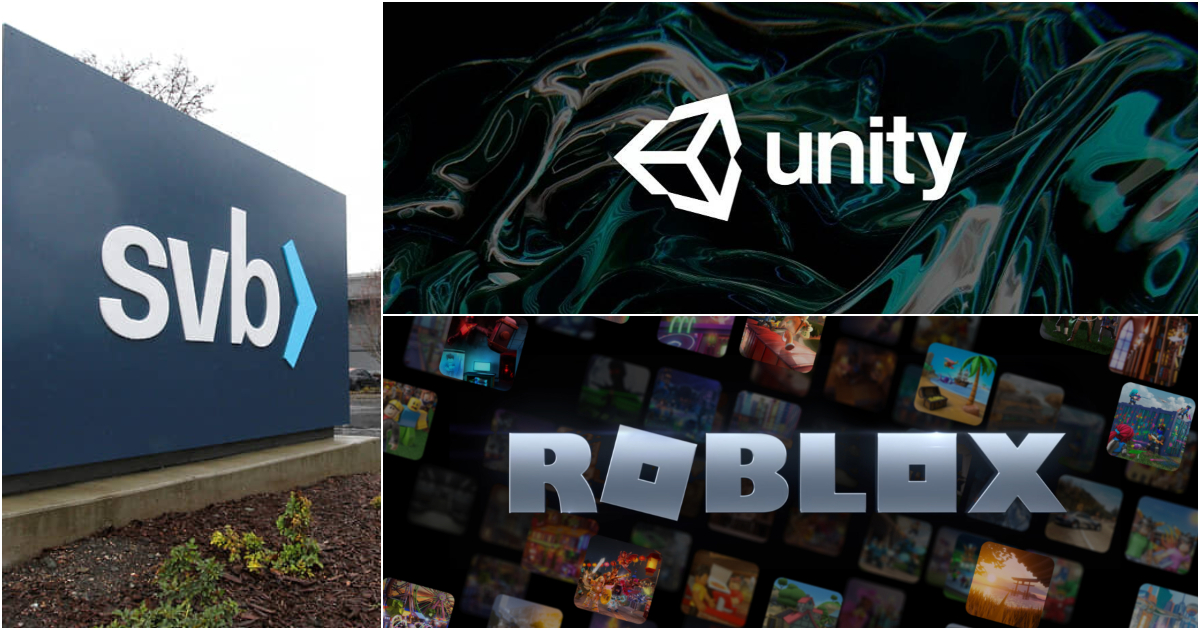Silicon Valley Bank is the second-largest bank collapse in US history. Here are video game companies that had millions of dollars deposited in it.

What happened?
- On March 10, the Federal Deposit Insurance Corporation (FDIC) closed Silicon Valley Bank. Its shares were halted later that day after plunging 60% on Thursday and 64% on Friday.
- The plunge came after SVB announced its decision to raise $2.25 billion by selling a combination of common and preferred stocks. This happened because the bank received “lower deposits than forecasted”, not to mention the $1.8 billion it lost earlier this year on the sale of $21 billion of its available-for-sale securities.
- After that, VC firm Founders Fund told its clients to withdraw money from the bank. SVB CEO Gregory Becker asked clients to “stay calm”, but the panic has already set in.
- As a result, the bank fell in less than 48 hours.
- The collapse came after SVB reported $212 billion in assets for the fourth quarter of 2022. It is the largest bank failure since Washington Mutual, which had around $300 billion in assets in 2008.
The failure of @SVB_Financial could destroy an important long-term driver of the economy as VC-backed companies rely on SVB for loans and holding their operating cash. If private capital can’t provide a solution, a highly dilutive gov’t preferred bailout should be considered.
— Bill Ackman (@BillAckman) March 10, 2023
- The FDIC quickly created the National Bank of Santa Clara to help depositors receive their insured deposits on March 13.
- The issue is that about 90% of all deposits held in SVB were uninsured because they exceeded the FDIC insurance limit of $250,000. But the regulator assured that it would fully protect all depositors, including those uninsured.
- Founded in 1983, SVB was one of the main drivers of the tech industry’s rise, working with many VC-backed startups. Before its collapse, it was the 16th largest bank in the US, trusted by more than 2,500 VC firms.
- SVB’s explosive growth began during the pandemic when its clients brough the bank from $60 billion in total deposits at the end of Q1 2020 to nearly $200 billion in 2022. This also coincided with a boom in the gaming and tech industries, with companies and startups rapidly growing, raising funds, and going public.
- As reported by the Financial Times, Silicon Valley Bank’s core business was “centred on banking deposits of cash raised by tech start-ups, and lending to the venture capital and private equity firms that back them.”
- When the tech boom occurred, SVB experienced impressive growth, resulting in billions of dollars in excess liquidity. But its market value has decreased by 60% since late 2021, as a result of a slowdown in VC funding and other economic factors.
Game companies affected by the SVB collapse
- Unity held less than 5% of its cash and equivalents in SVB. According to the company’s annual SEC filing, its cash and equivalents totaled $1.48 billion (as of December 31, 2022). So there were around $74.2 million deposited at the bank.
- Roblox also said in an SEC filing that it held approximately 5% of its $3 billion in cash and securities in Silicon Valley Bank. This amounts to around $150 million, but the situation will have “no impact on the day to day operations of the company.”
- Huuuge, Warasaw-listed mobile developer, told investors that less than 10% of its $237 million of cash and securities balance was held at SVB. This amounts to around $24.2 million.
- Games2Win, Indian mobile publisher that raised funds from SVB in 2007 and 2011, noted that it won’t be affected by the collapse. This is due to the fact that SVB has already sold its stake in the company to Saama Capital.
The SVB collapse also affected many other startups and established firms, including digital media players manufacturer Roku, crypto firm Circle, networking hardware company Juniper Networks, and iRhythm Technologies.
But the full amount of damage from the SVB collapse is yet to be ascertained.
